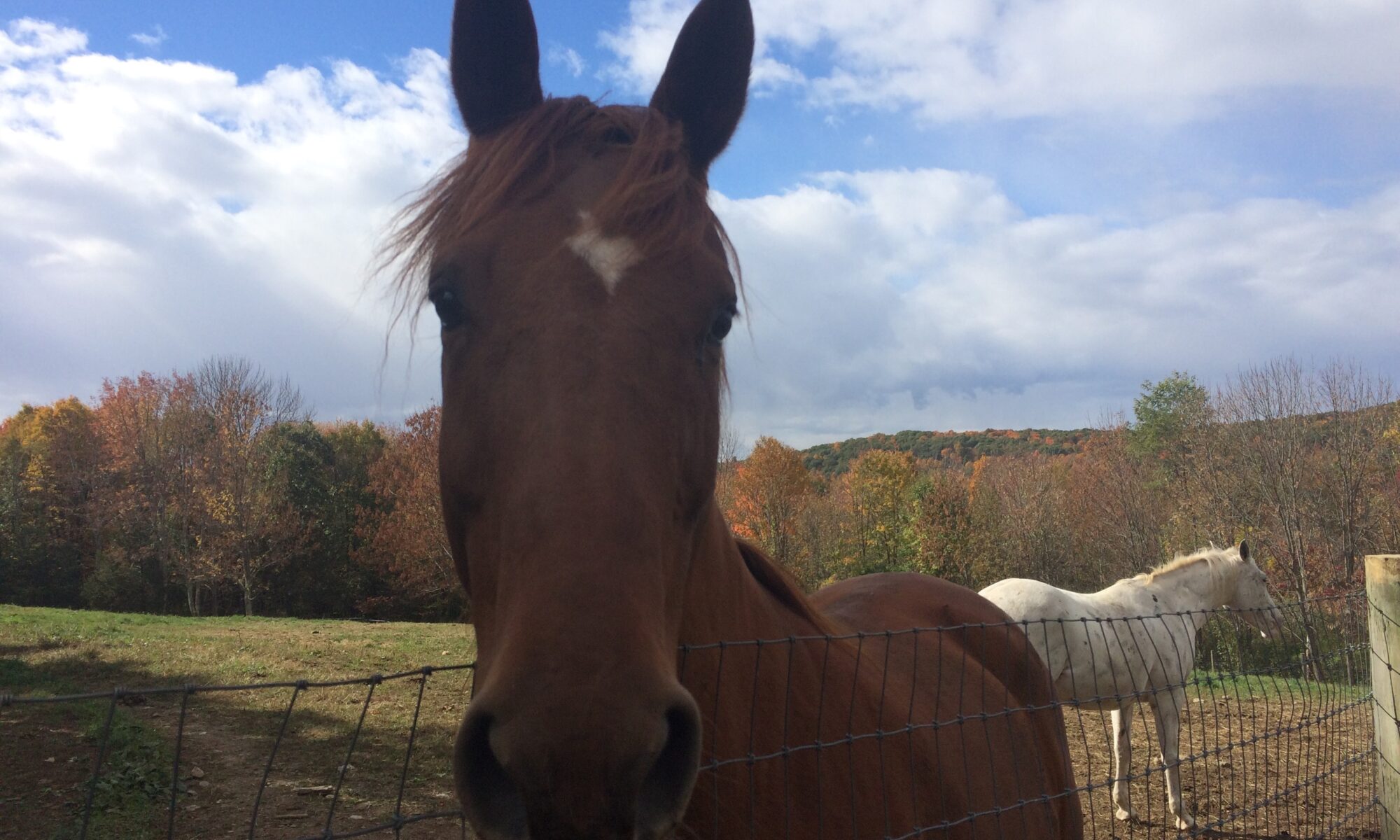For those looking to get into horse ownership, be it for casual rides or competitive show jumping, racetracks can be an excellent place for finding athletic and attractive thoroughbreds (and sometimes other breeds of) horses with capabilities that can make them excellent companions. For a variety of reasons, retired race horses are often available to be purchased or even rescued from an animal shelter for minimal cost.
Racehorses often come from corrupt or abusive situations, including forcing horses to run on injuries that can cripple them and the use of cattle prods, amongst others. Many are retired when they are injured beyond recovery for racing, age out of competition, or are simply not fast enough anymore. As a warning, some of the reasons which make such horses inappropriate for track may also make them unfitting for riding or jumping horses. If you purchase a racehorse, you’re also running the risk of inheriting a medical and possibly inhumane history of which you are not aware.
On the other hand, by buying or rescuing a retired racehorse, you are potentially giving an exhausted, wounded, or abused animal a loving home. Many thoroughbreds end up being slaughtered rather than being rehomed. Racehorses are bred with a purpose, and because of that many take very well to other tasks after a little rehabilitation.
It may take some time for your ex-racehorse to be ready to ride, if they come straight from the track. They are often too fit and run too fast for most riders, and often they need time to come down from the pressure and intensity of the running. If they were being illegally doped, they may need to literally come down, as well. You may need to put your new horse to pasture for a few weeks or up to a month to give them time to relax.
Below are some tips to remember once you have let it recuperate and you begin training your horse to perform other duties. This list comes from the website Retraining of Racehorses, which is an excellent resource for more information.
- Be realistic about your ability and experience and don’t be afraid to seek advice. Our RoR Helpline is just a call or email away.
- Generally a former racehorse is good to load, clip, stands for the farrier and has good stable manners.
- The horse will not be accustomed to being tied up outside his stable so is likely to fidget and become anxious.
- Racehorses are generally not accustomed to standing still when mounted because lads and lasses are generally legged up whilst the horse is walking.
- The horse is used to being ridden but not in quite the same way as a riding horse. Some of the aids are different, indeed quite the opposite, to what he is used to and you are accustomed to applying in a given situation.
- The horse may not be used to anyone riding with long stirrups although this is much less likely these days; it is more the placement of the lower leg if initially drawn too far back that a horse can react to.
- Your braking system could well be limited; and when you shorten up the reins and undoubtedly, although probably unintentionally, incline yourself forward, you are actually giving cues to go faster!
- The horse will know little about contact in terms of how we understand it for the riding horse so when you pick up the reins, the head and neck will invariably go up and out rather than low and rounded. You may also experience head tossing and snatching at the bit.
- The horse will be used to riding out in company which means that hacking out on your own you could encounter problems in relation to insecurity. Riding in company can also present its own issues as will be associated with work ie. a training gallop.

